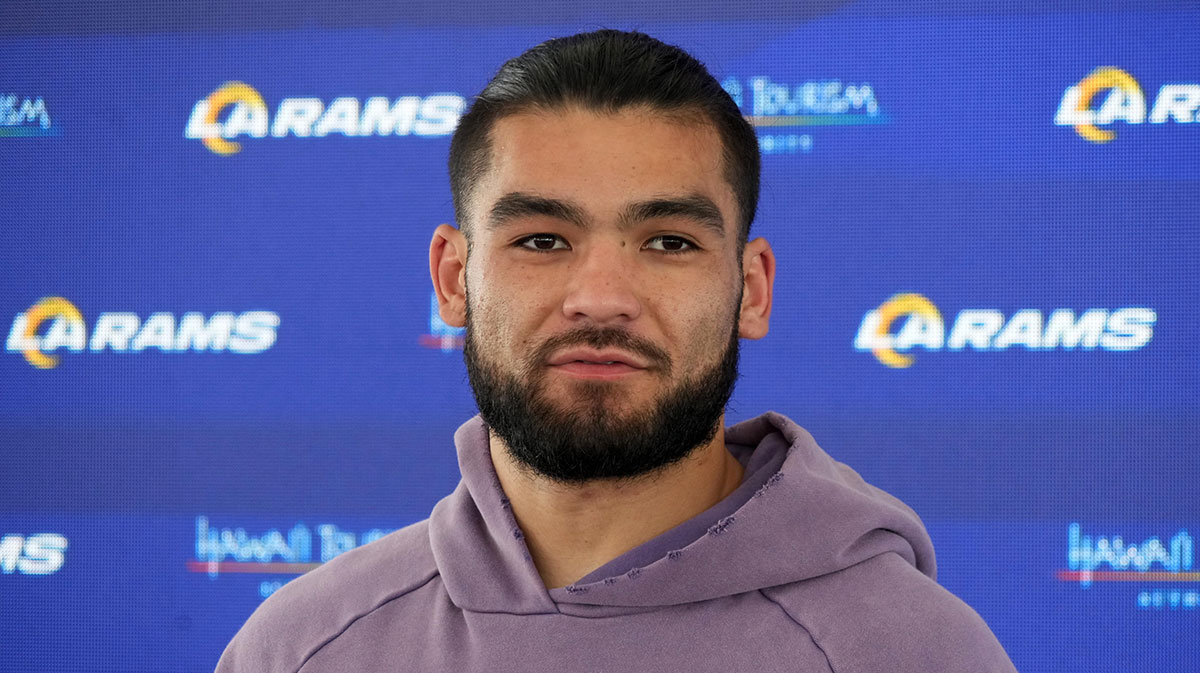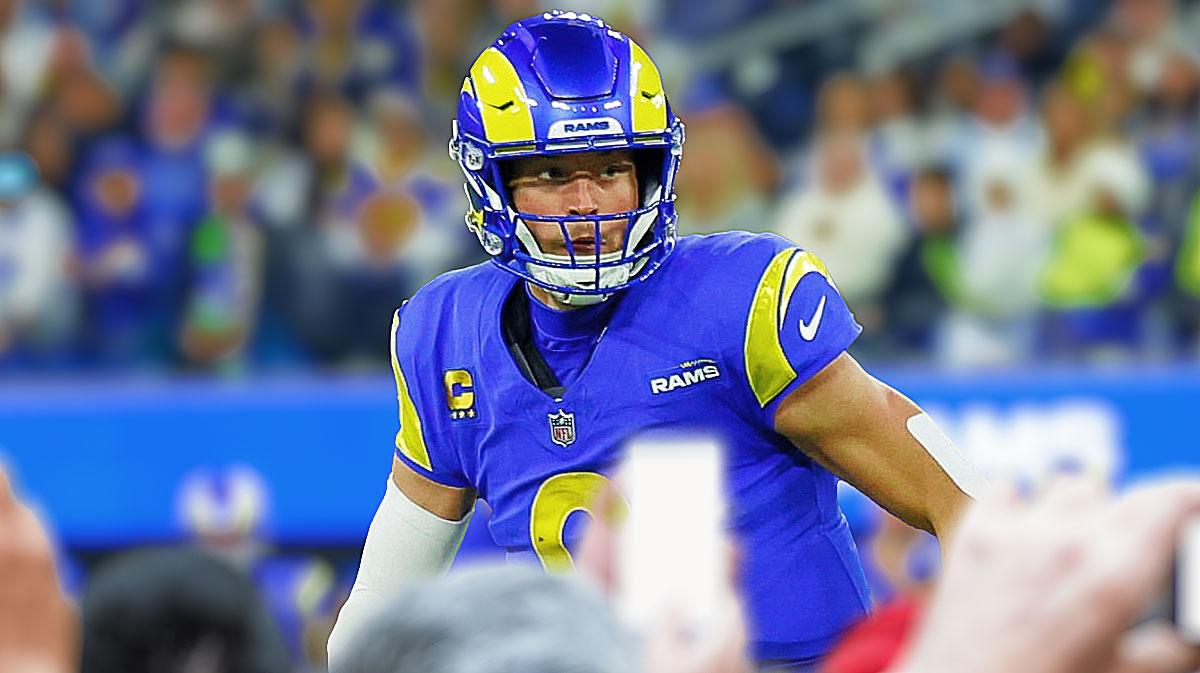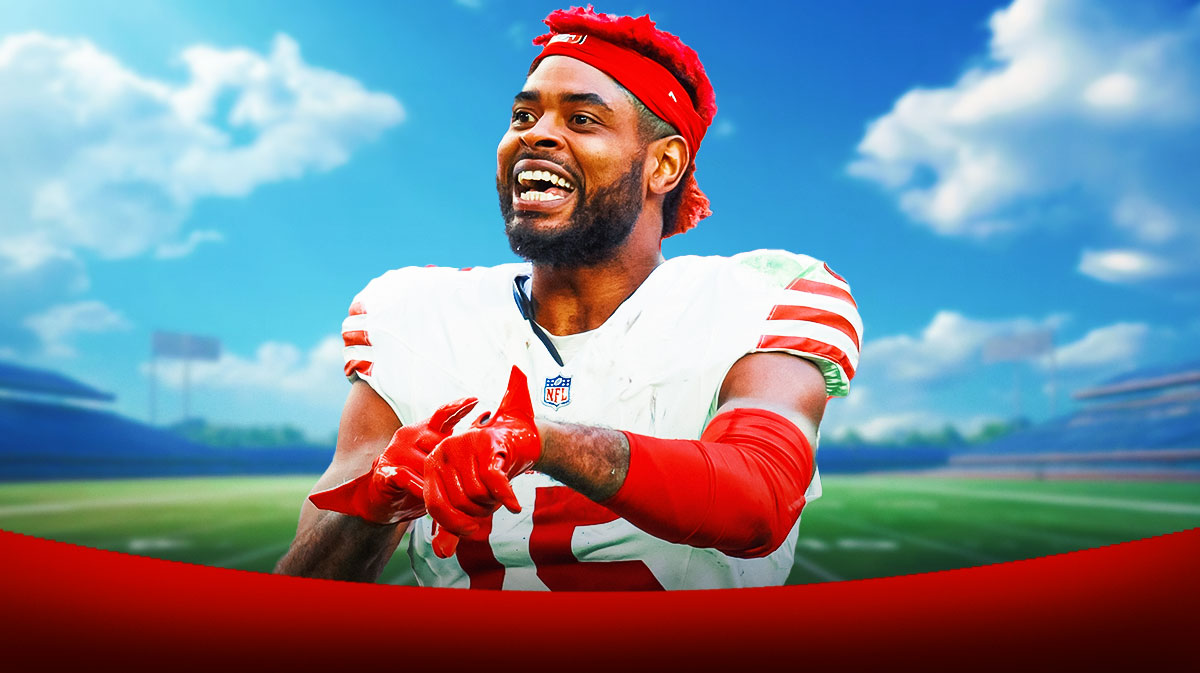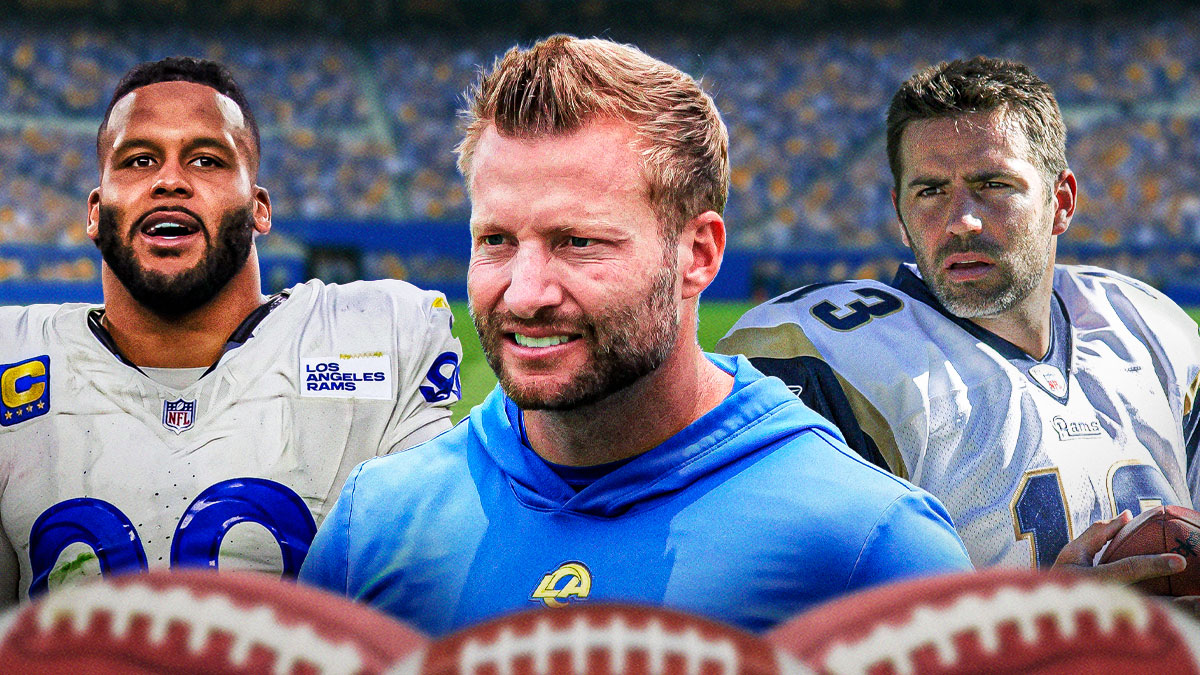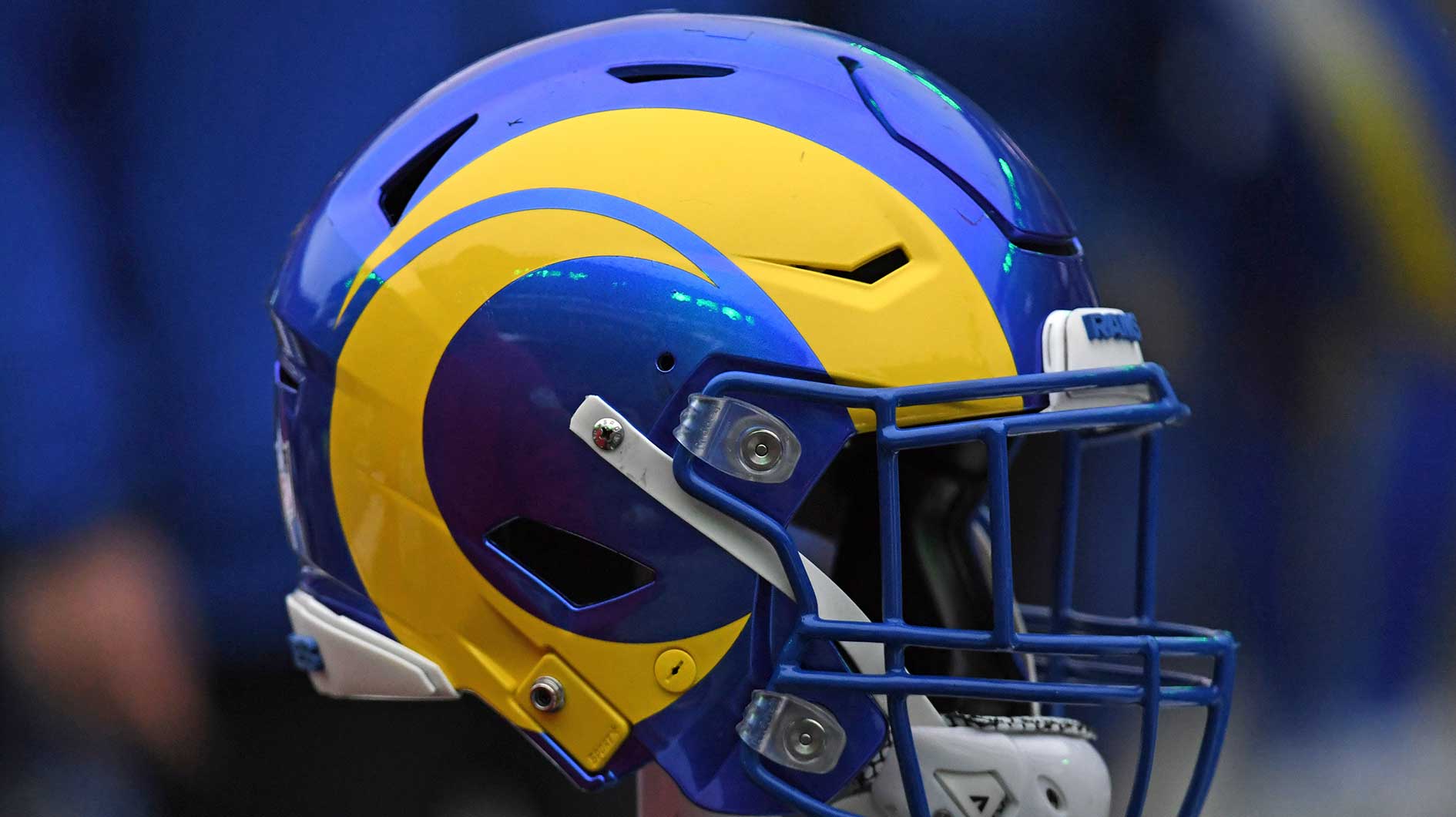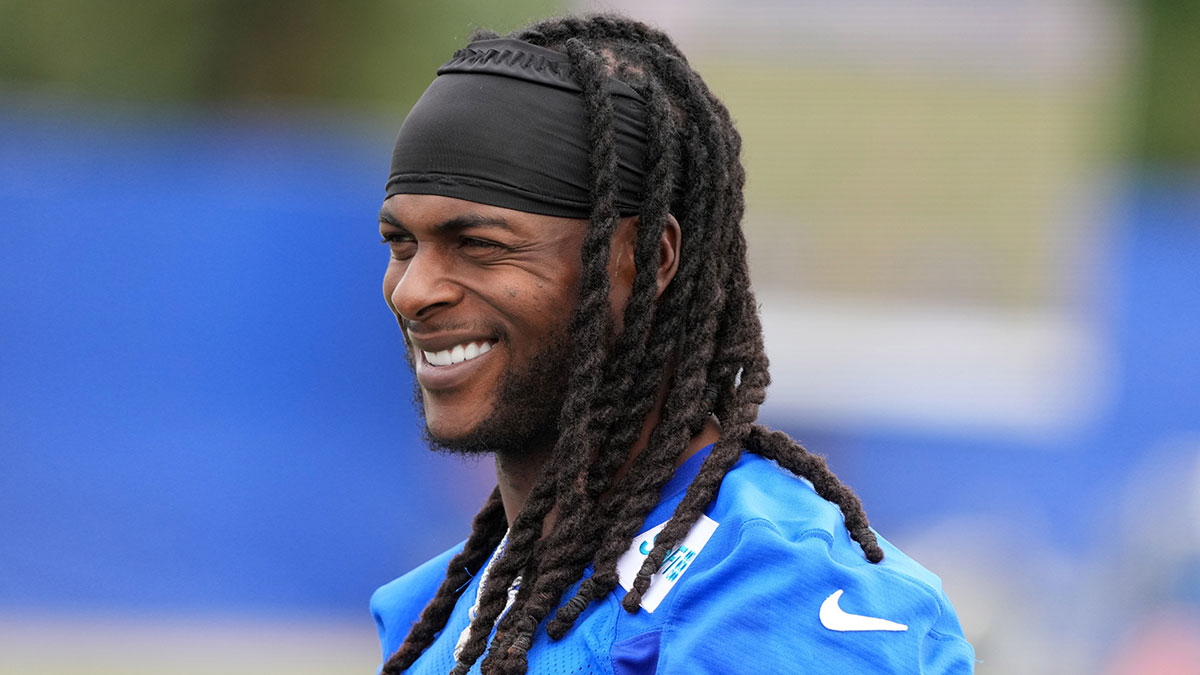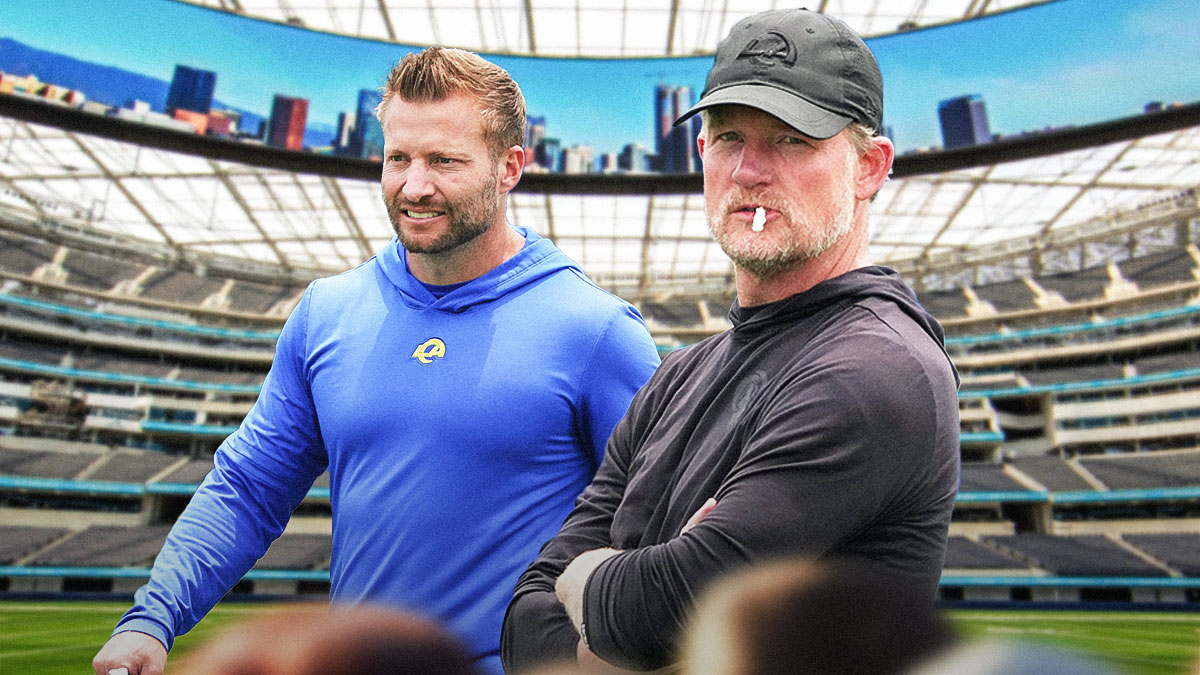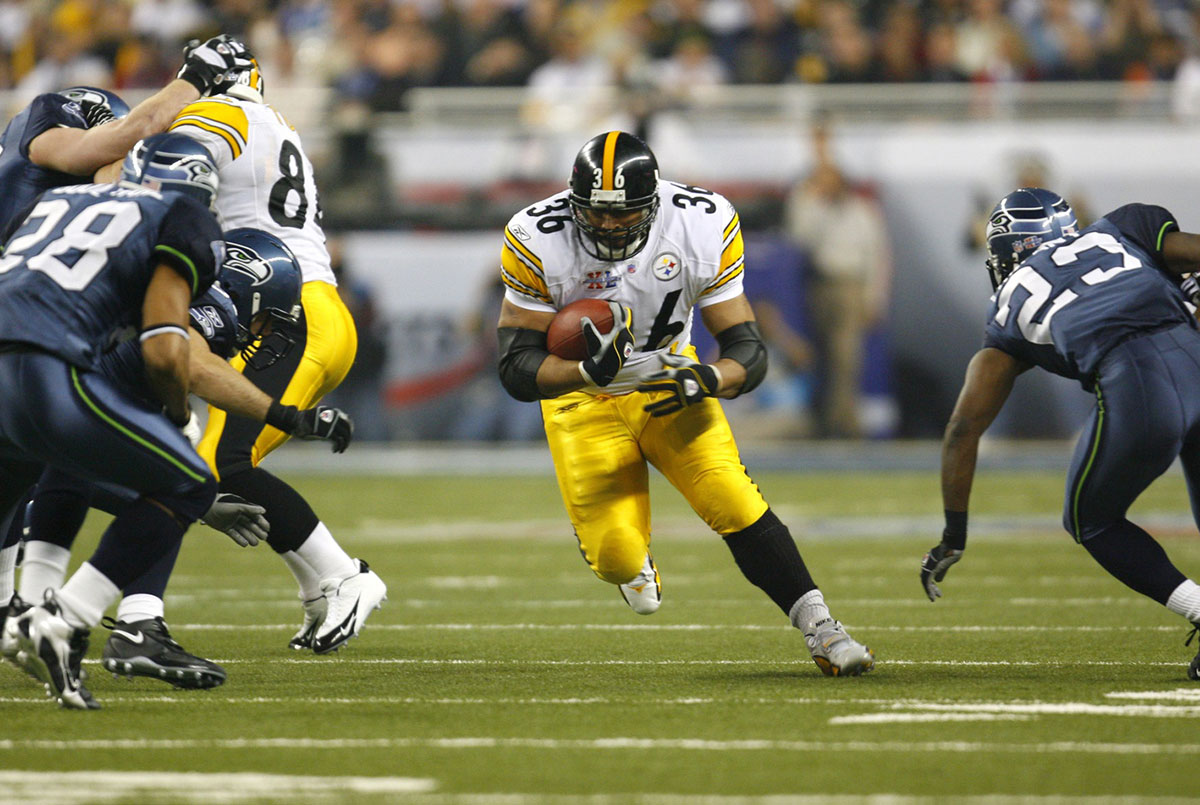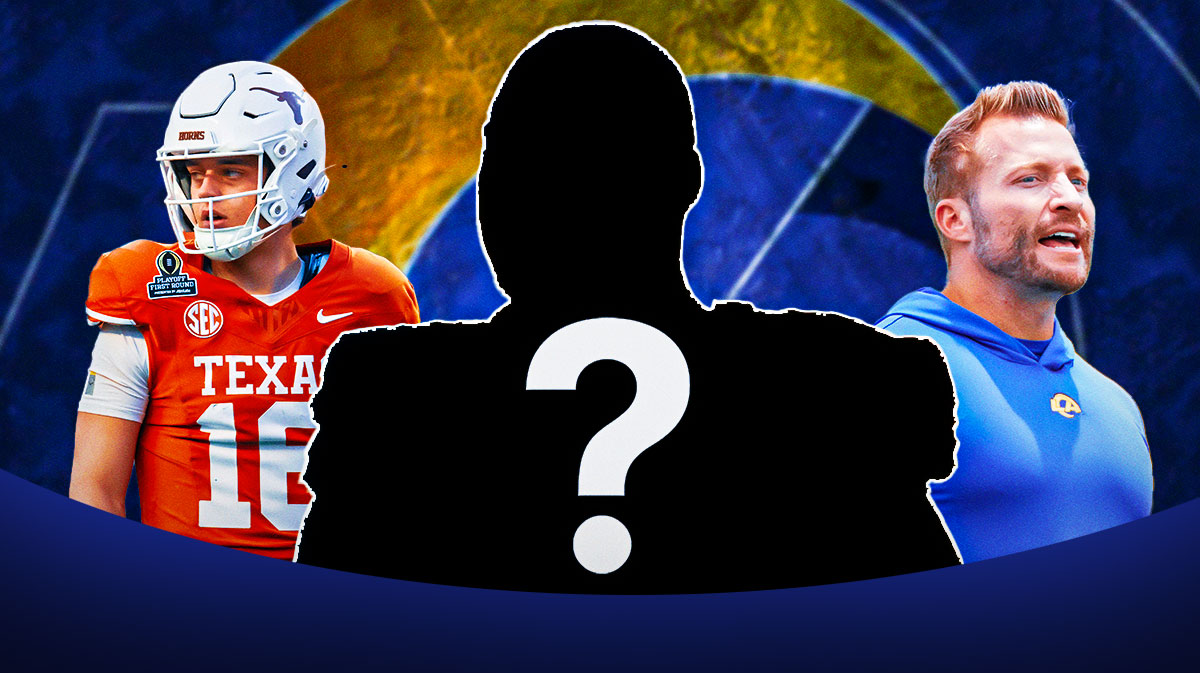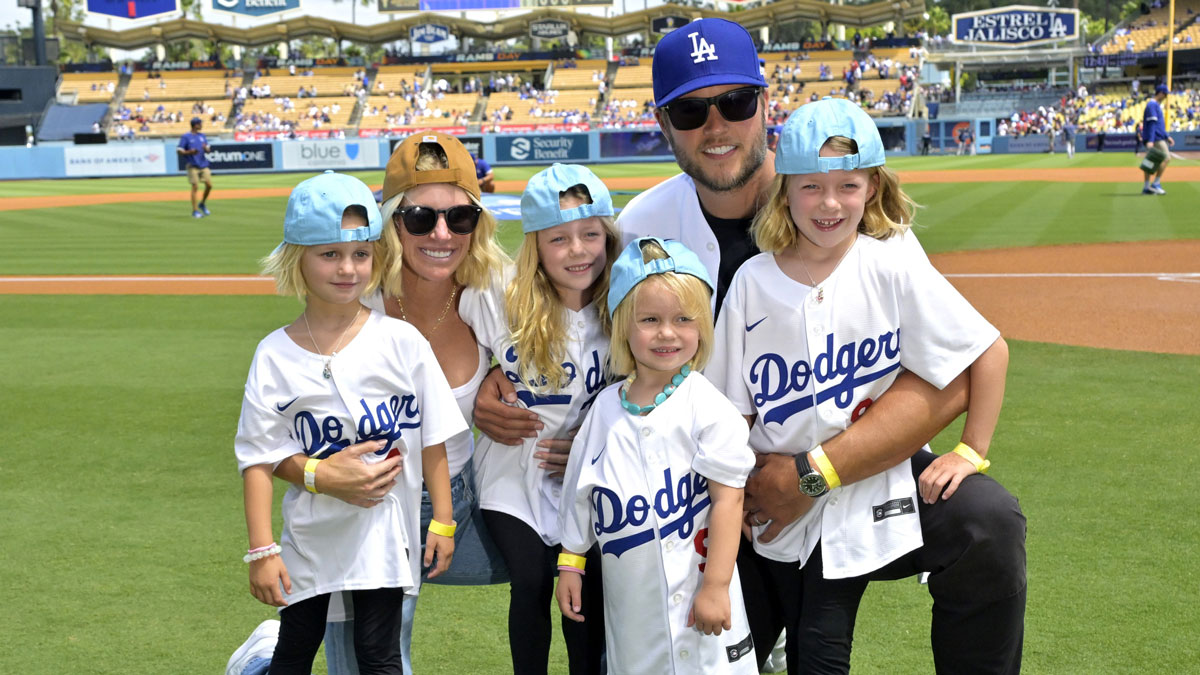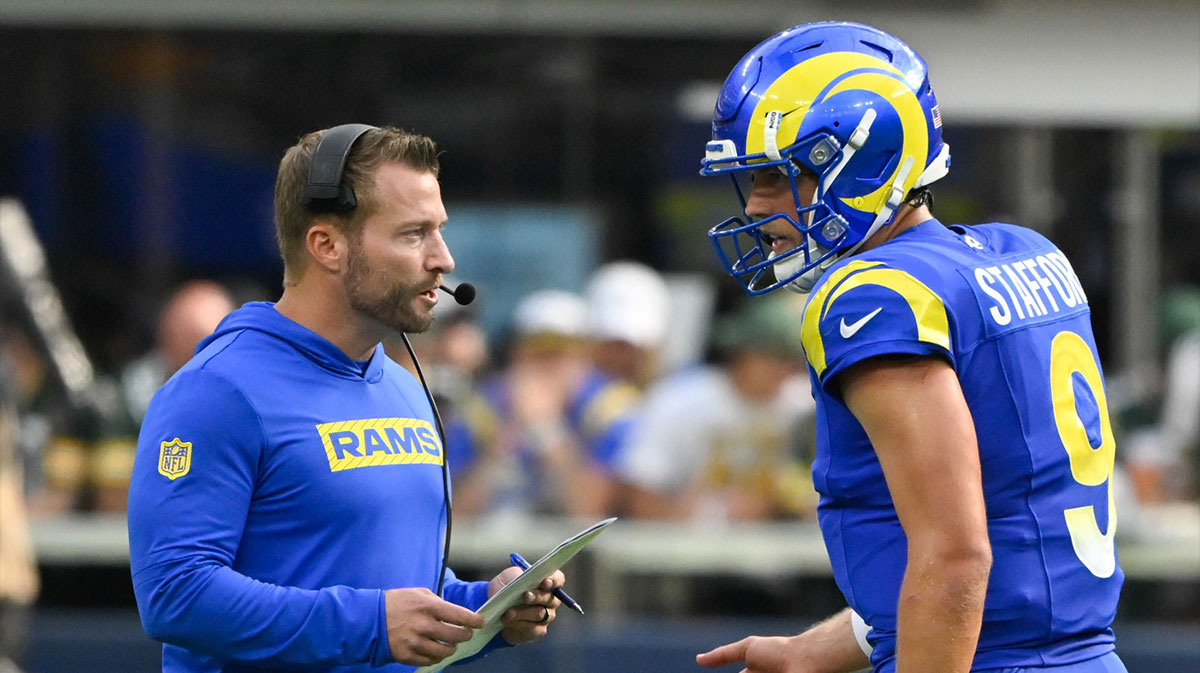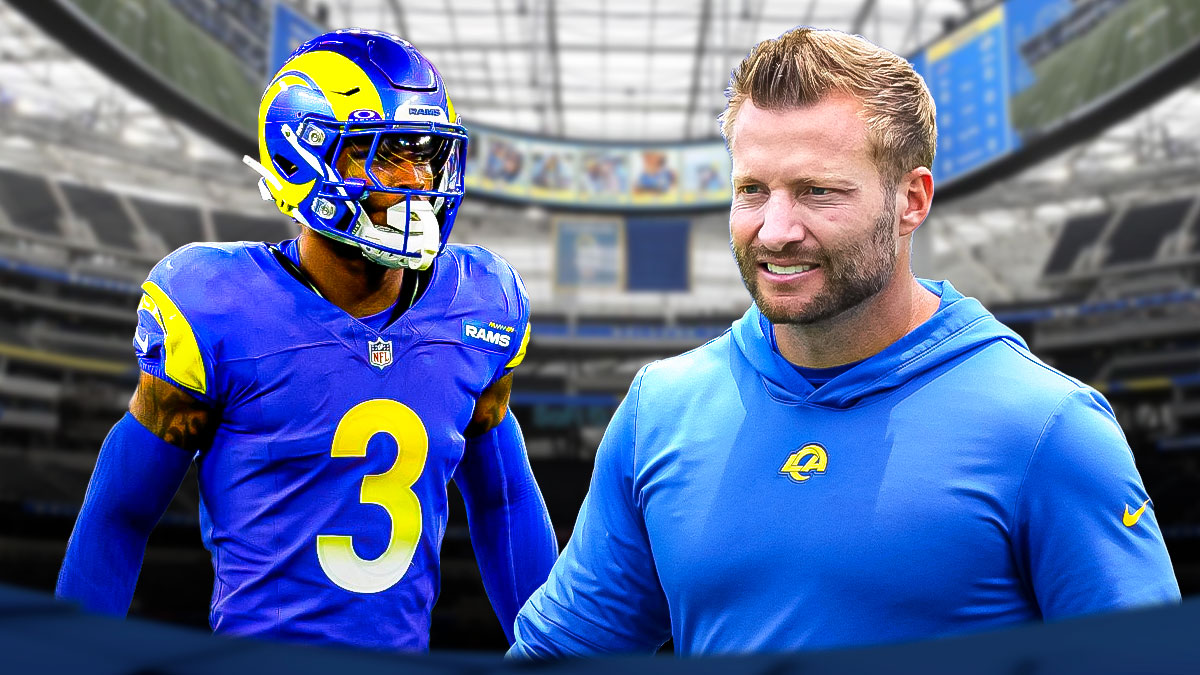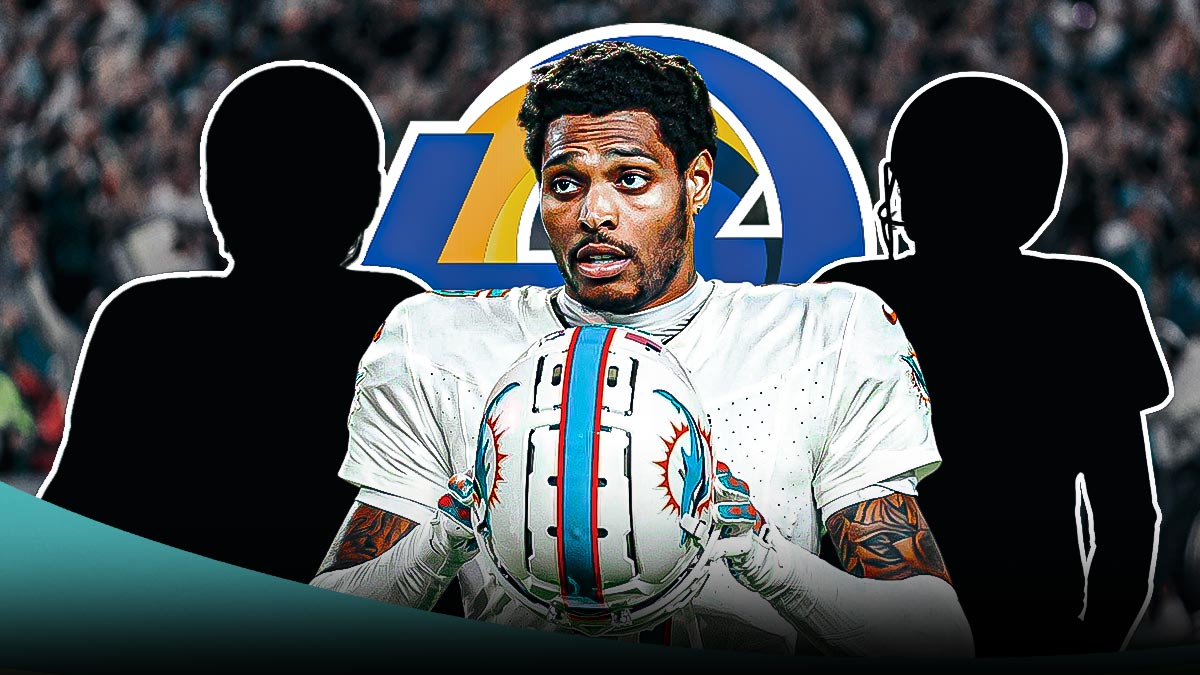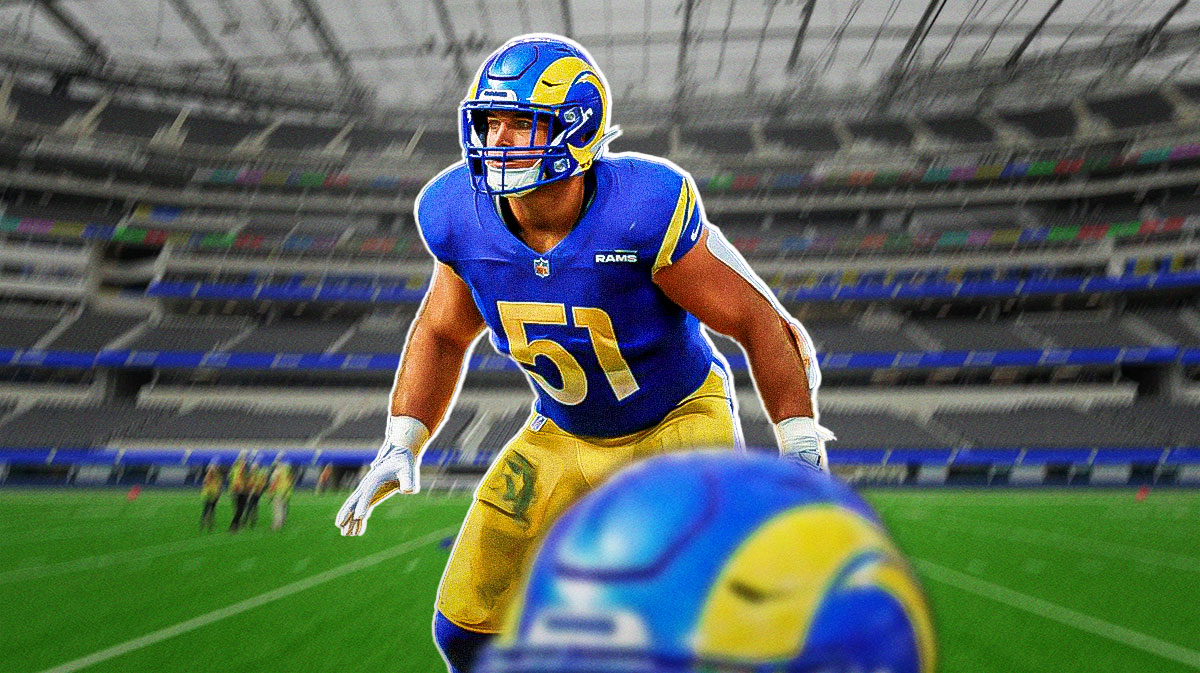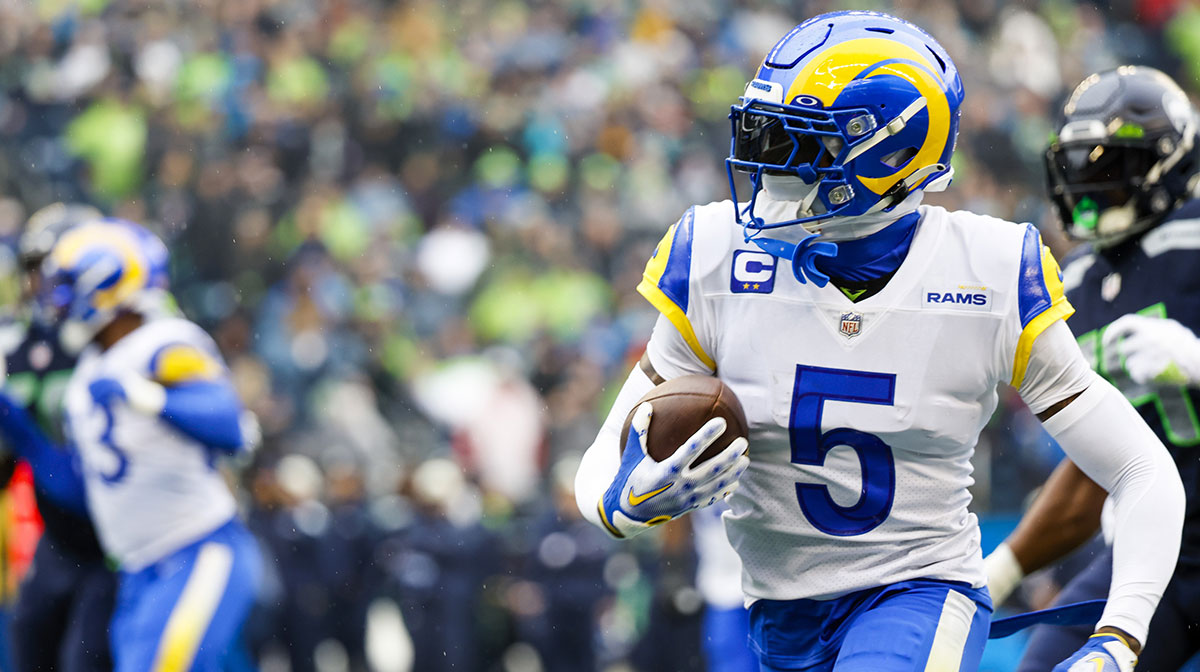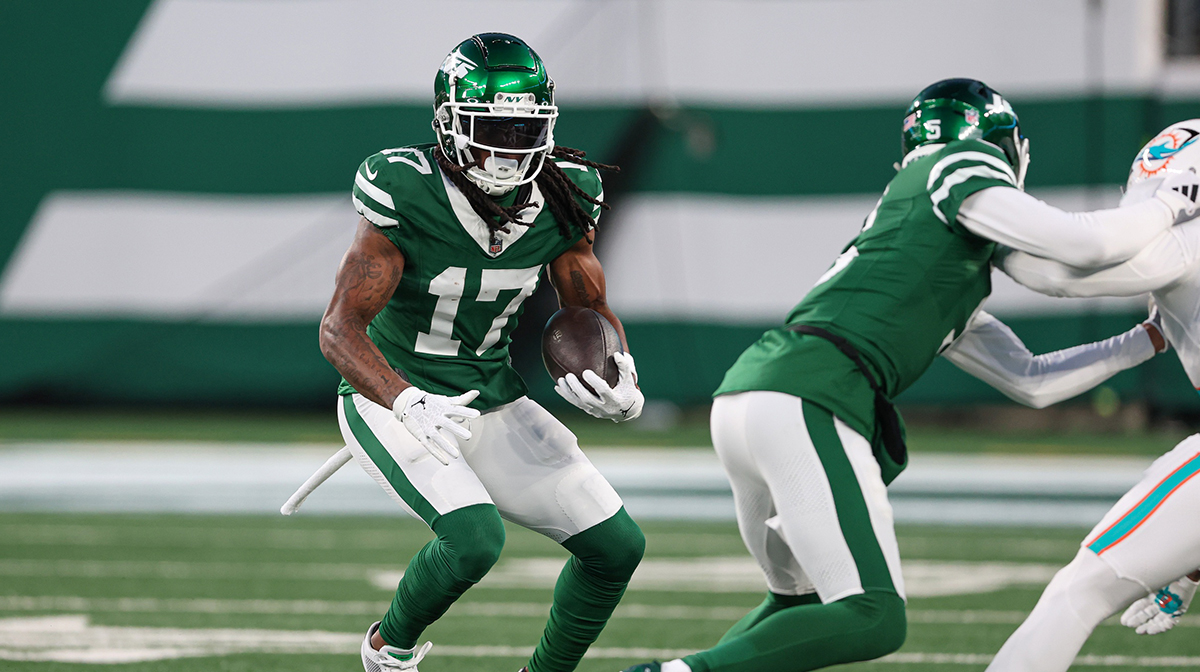The remarkable story of Kurt Warner has its humble beginnings when he played for Regis High School as the quarterback of their football team. Despite playing well, Warner was not able to garner the attention of national scouts and went to attend the University of Northern Iowa. After failing to crack the starting rotation for the majority of his collegiate stint, Warner broke through in his senior year for the Panthers, earning the Gateway Conference's Offensive Player of the Year for his outstanding play under center.
The road to NFL glory was never supposed to be easy.
After graduating from college, Warner was one of the many aspiring athletes who wished to make it big at the 1994 NFL Draft. Unfortunately for Warner, those ambitions were over before it even began when all 30 teams passed on him… numerous times over.
Still, Kurt Warner refused to give up on his NFL dream. His hard work earned him an invitation to Green Bay Packers training camp for an opportunity to compete for a roster spot. However, the Packers would later release Warner without any notice from the general public.
It was at this time Warner had to temporarily take a step back from his football dreams. With no stable sports career in sight, Warner worked night shifts for Hy-Vee in Cedar Falls, Iowa.

At this point, no NFL team was still willing to give Kurt Warner an opportunity to prove himself. He then went on a different route by signing with the Iowa Barnstormers of the Arena Football League. Warner surprised a lot of people and went on to carry the Barnstormers to the ArenaBowl in 1996 and 1997.
Alas, his outstanding play was finally getting noticed by NFL scouts, and by 1998, Kurt Warner went on to sign a futures contract with the St. Louis Rams.
1999 would turn out to be the proverbial “window of opportunity” for Warner when he was named as the Rams’ starting quarterback after a horrific ACL injury suffered by Trent Green in a preseason game. “We will rally around Kurt Warner, and we'll play good football,” stated head coach Dick Vermeil in an emotional press conference at the time.
The Rams rallied around Kurt Warner — and then some.
Under Warner’s leadership, the Rams came out charging by virtue six-game winning streak to open their season. With the already electric wide receiver Isaac Bruce in tow, Warner would orchestrate the Rams attack. Along with their newest acquisition, Marshall Faulk, and exciting rookie Torry Holt, the Rams became one of the most lethal offenses in NFL history. Dubbed as “The Greatest Show on Turf,” the 1999 Rams would break multiple records punctuated by their Super Bowl XXXIV victory against the Tennessee Titans.
Kurt Warner would experience a period of decline after coming just short against Tom Brady and the New England Patriots on Super Bowl XXXVI. After two more forgetful seasons with the Rams and another as a member of the New York Giants, Warner would reignite his career by signing with the Arizona Cardinals.
Warner found his magic touch anew in the 2008 season, as he torched defenses in the playoffs. The Cardinals, indeed, shocked the world by making their first-ever appearance in the Super Bowl, but ultimately fell to the Ben Roethlisberger-led Pittsburgh Steelers, 27-23.
Kurt Warner spent one more season in Arizona before finally calling it a career in January 2010. His offensive ranks remain among the highest in NFL history. Warner took his rightful place among the greats and was enshrined at the Pro Football Hall of Fame in 2017.
Not bad for an undrafted free agent.

